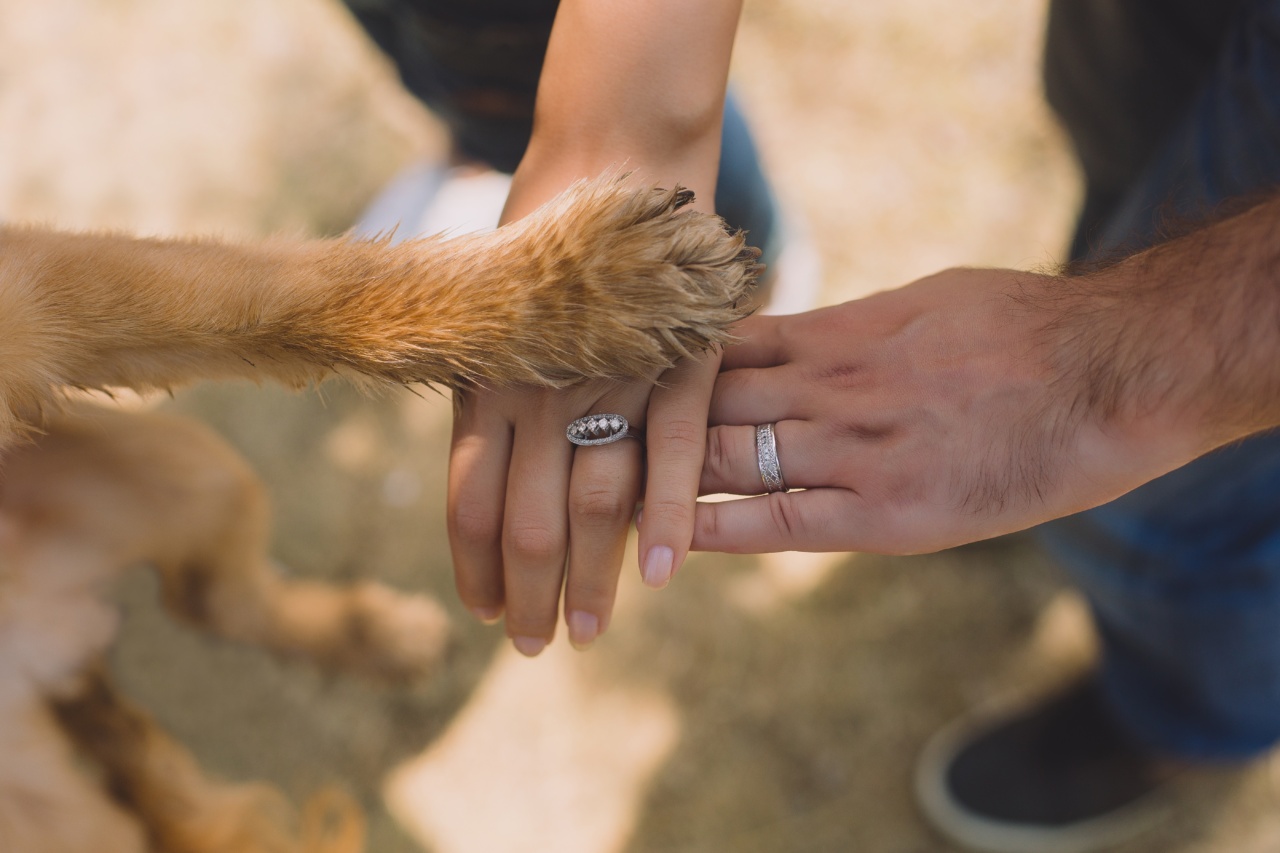If your dog gets excited every time the doorbell rings, you’re not alone. Many dogs have this same reaction, and it can be frustrating or even embarrassing for their owners.
Fortunately, there are steps you can take to help your dog calm down and be less reactive to the sound of the doorbell. In this article, we’ll explore several strategies you can try.
Why Do Dogs React To Doorbells?
Before we dive into strategies for calming your dog, let’s take a moment to understand why dogs often get so excited when they hear the doorbell.
For many dogs, the sound of the doorbell is associated with visitors, which can be an exciting event. Dogs are social animals, and they often enjoy meeting new people and receiving attention and affection.
The doorbell is a signal that something exciting is about to happen, and your dog’s natural instincts take over.
In addition, the sound of the doorbell may be associated with certain behaviors from their owners. For example, you may have a routine of getting up to answer the door when the bell rings.
Dogs are very attuned to routines and patterns, so they may learn to associate the sound of the doorbell with this behavior from their owner. This can amplify their excitement and cause them to become more reactive over time.
Training To Reduce Doorbell Reactivity
The good news is that it’s possible to train your dog to be less reactive to the sound of the doorbell. Here are some steps you can take:.
1. Desensitization
Desensitization is the process of gradually exposing your dog to the sound of the doorbell in a controlled and positive way. The goal is to help your dog become more accustomed to the sound of the doorbell and reduce their excitability and fear.
Here’s how to do it:.
- Record the sound of your doorbell on your phone or computer.
- Play the sound of the doorbell at a low volume while your dog is in the room with you.
- Offer your dog a treat or toy immediately after playing the sound of the doorbell.
- If your dog remains calm, gradually increase the volume of the doorbell sound over time.
Repeat this process until your dog is no longer reactive to the sound of the doorbell. This may take several days or weeks, depending on your dog’s level of reactivity.
2. Counter-Conditioning
Counter-conditioning is the process of pairing something positive (like a treat or toy) with a previously negative or scary stimulus (like the sound of the doorbell).
The goal is to help your dog develop a positive association with the sound of the doorbell, which can reduce their anxiety and excitability. Here’s how to do it:.
- Train your dog to associate the sound of the doorbell with a positive event, like receiving a treat or toy.
- When the doorbell rings, immediately give your dog a treat or toy.
- Repeat this process every time the doorbell rings.
- Over time, your dog will begin to associate the doorbell with positive experiences and will be less reactive to the sound.
3. Obedience Training
Obedience training can also be helpful in reducing your dog’s excitability and reactivity around the doorbell. Here are some commands you can teach your dog:.
- Sit: Train your dog to sit on command. This can be helpful when answering the door, as it can help your dog stay calm and focused.
- Stay: Train your dog to stay in a specific location (like a mat or bed) on command. This can also be helpful when answering the door, as it can prevent your dog from rushing to the door.
- Quiet: Train your dog to stop barking on command. This can be useful when your dog is overly excited about the sound of the doorbell.
Other Tips For Calming Your Dog
Here are some additional tips for reducing your dog’s excitability when the doorbell rings:.
- Exercise your dog regularly. A tired dog is a calmer dog, and exercise can also help reduce anxiety and stress.
- Provide your dog with plenty of mental stimulation, like puzzle toys or training sessions.
- Use calming supplements or medications if recommended by your veterinarian.
- Avoid reinforcing your dog’s excitability. For example, don’t pet or praise your dog when they’re jumping or barking at the doorbell.
Conclusion
Having a dog that goes crazy when the doorbell rings can be frustrating, but it’s a common problem that can be addressed with training and patience.
Try desensitization, counter-conditioning, obedience training, and other tips for calming your dog. With time and consistency, your dog can learn to be less reactive to the sound of the doorbell and stay calm when visitors arrive.






























